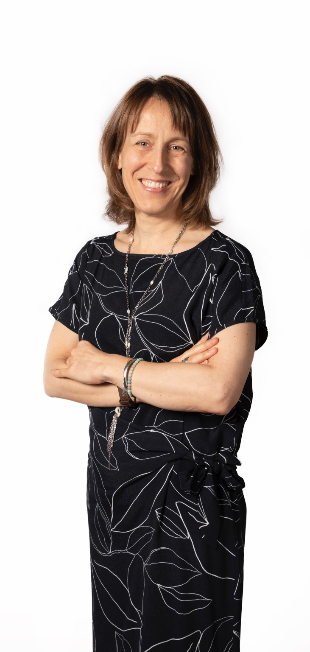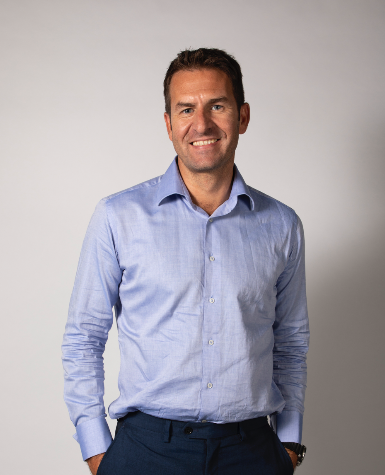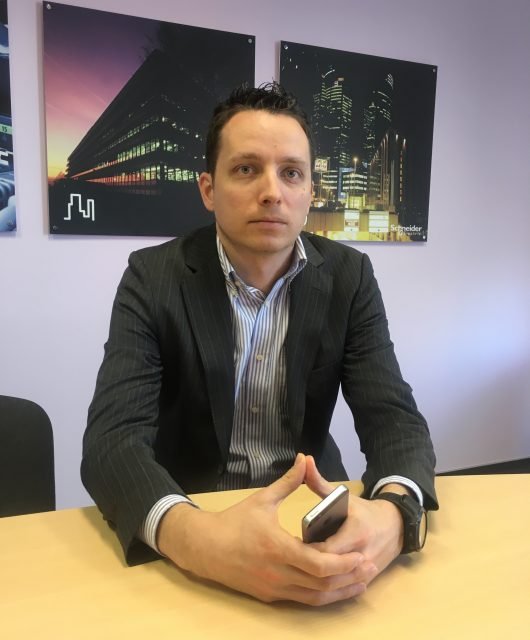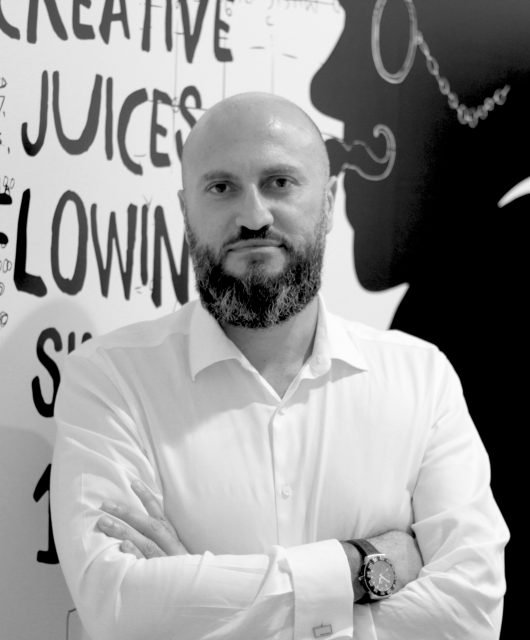Building Rapport Through Brand Experience: Q&A With Jack Morton’s Rebecca Amey
The key for effective brand management is creating a positive and memorable brand experience for customers. A Brand experience is the ecosystem that exists around a brand or product, manifested in the sensations, feelings, cognitions, and behavioral responses evoked by a brand.
We’ve exclusively interviewed Rebecca Amey, Managing Director MENA, SVP of Jack Morton Worldwide, to get her take on how brands win with building experiences.
BB: There is a general understanding that brand experience is all about appealing to human emotions to create a connection to drive customer loyalty. In your opinion, what is brand experience really all about?
RA: Fundamentally, all marketing disciplines should concern themselves with how brands can appeal to human emotion to build connection. What separates brand experience from other marketing disciplines, though, is a focus on how a brand lives its values in a real-world, physical environment (where digital interactions may be integrated).

Strong experience brands understand that they can’t just turn up in a physical space, tell people what they stand for, and expect results. They have to prove it in ways that are genuinely engaging and memorable, physically and emotionally.
BB: What makes a brand experience “connect” with customers?
RA: What we’re really talking about here is how brands build rapport through brand experience, and rapport is a two-way street. It’s helpful to remember that unlike paid-for advertising, consumers have generally made a conscious decision when they engage with a brand experience. It’s not an interruption: consumers have made an active choice to invest their time there.
Great brand experiences honour this by treating audiences as participants, rather than passive observers, in the experience. They meet what are inevitably higher expectations from the get-go by giving audiences a role: a way to feed in, contribute and essentially be a part of an experience that feels as though it’s genuinely built around them.
BB: Can brand experience make or break a brand? What does an unpleasant brand experience cost a brand?
RA: Brand affinity is built over time through sustained communication that connects with audiences. One brilliant piece of marketing, in silo, won’t guarantee a brand’s indefinite success, and this works both ways. So, I don’t think a brand experience can totally ‘make or break’ a brand – but a bad brand experience can certainly be as memorable as a fantastic one, and reputationally this can be damaging.
Again, audiences actively choose to engage with brand experience, which means it’s more personal than other marketing interventions tend to be. A great brand experience feels like a bonus – it essentially delivers return on investment by giving people something they couldn’t get at home (or in the case of B2B, for example, in the workplace or at a standard business event). Conversely, a bad brand experience can make audiences feel duped, which naturally breeds mistrust. Nobody wants to feel they’ve had their time wasted. And people are more than happy to tell other people where not to waste their time.
BB: Are brand experiences measurable? Can you mention some of the proven to be successful methodologies to measure the impact of a brand experience?
RA: Something can be measured at any brand experience and a number of simple, tried-and-tested tools are commonly used to measure ‘rational’ goals. Clickers, RFID and short surveys can all help to monitor footfall, dwell time, demographics and so on.
In isolation, though, these metrics don’t say much about whether an experience actually moved people. That’s where the richest brand and business insights lie. A number of relatively new technologies now make it easier to monitor ‘emotional’ performance: from facial recognition, bioreactive wearables and eye-tracking devices to really powerful social listening tools.
The surest fire way of successfully measuring impact is to design a plan early on in the process that you feel confident will offer meaningful insight later. Be rigorous in designing that plan, too. Just because something can be measured, doesn’t mean it automatically should be.
BB: One of the crucial touch points where consumers experience a brand is the retail brand experience. How can brand marketers design the next big retail experience?
RA: It’s tempting to immediately jump on the ‘digital integration’ train here, and clearly many brands are successfully using data and technology to enhance the in-store experience. But the starting point for thinking about the next big retail experience is not ‘technology’. It’s in appreciating the potential of the physical environment today.
Little more than a decade ago, the vast majority of brick-and-mortar retail spaces were purely functional, and that’s all consumers wanted them to be. Now that practically everything can be bought online – and in a world where we spend so much time behind a screen – we crave ‘real’ moments, connections, conversations and environments, and retailers are so well positioned to help meet that need. The world’s most popular concept stores are not just places to buy – they’re places to actually be and spend time in.
BB: Can you name three brands that you believe are hallmarks in experience strategies?
RA: This is a hard, because ‘brand experience’ is a huge, catch-all term for so many different kinds of engagement with audiences in the live environment. With a view to mixing it up across some very distinct types of brand, and associated experience, I’d probably say…
- IKEA: They disrupted retail experience long before the term ‘concept store’ trended, living up to their promise to ‘create a better everyday life for the many people’. They are still completely uncomplacent when it comes to giving consumers so many other ways to engage with their brand – from pop-ups and single category shops to the planned ‘stores of the future’.
- C2 Montréal: They transformed the business conference experience in Montreal in 2012. Claiming to live ‘at the intersection of creativity and commerce’, they understood the power of the physical environment in inspiring people through incredible design. So even though, by all accounts, they experience many of the challenges most conferences do (PowerPoint woes, middling presenters), it’s a place people love to go because it feels so inherently colourful, energetic and purposeful. Everything there has been meticulously designed to inspire delegates and facilitate conversation and collaboration.
- Netflix: Netflix fundamentally changed the way we consume television at home, but have also taken some of their most popular TV shows out into the world through really clever, bold, out-of-home stunts for shows like Stranger Things and Narcos. It’s fun, immersive and allows wider communities of viewers to share in the thrill of great content and storytelling.





